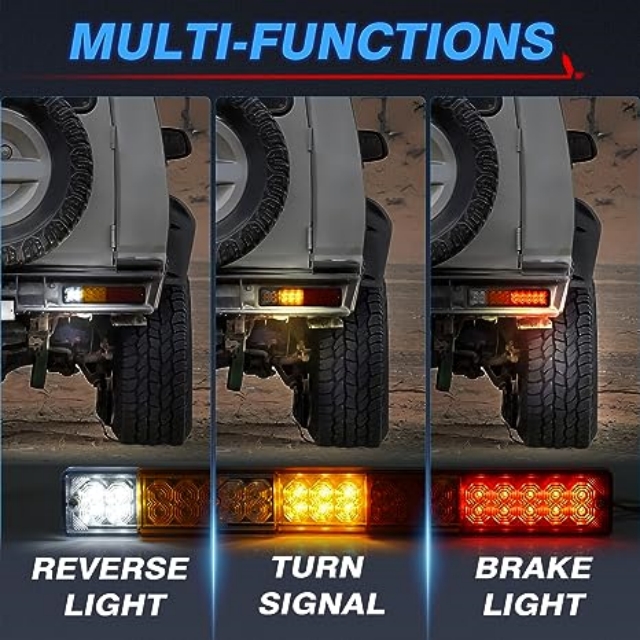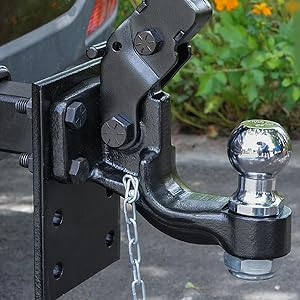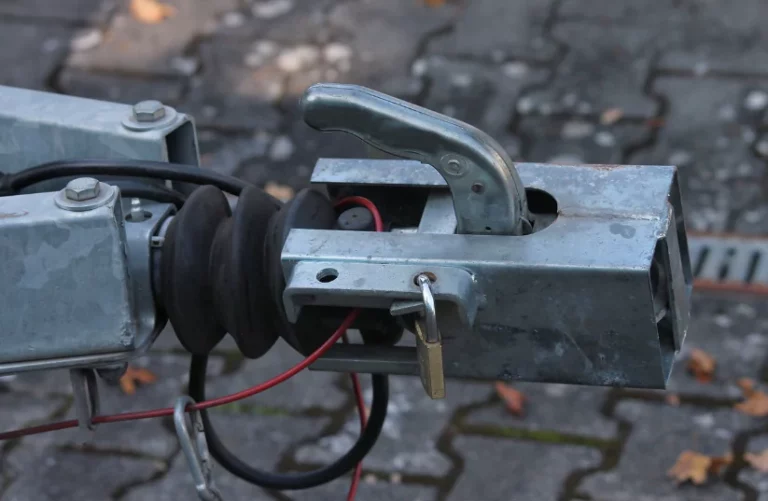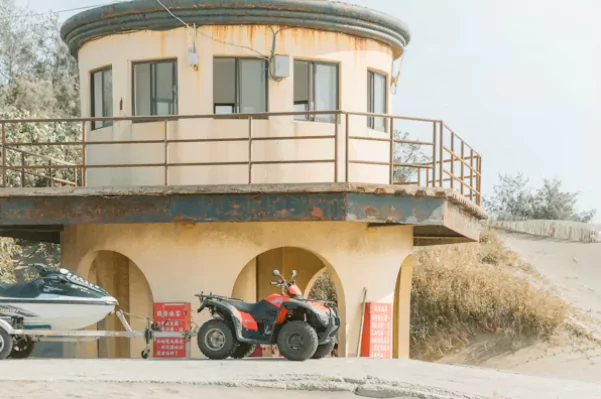Trailer lights play a crucial role in ensuring safe road travels, especially when towing a trailer. However, many people overlook their importance or lack knowledge about these essential components. This blog aims to shed light on trailer lights, their types, functions, and maintenance, to help you stay informed and safe on the road.
1. Types of Trailer Lights:
a. Tail Lights: Also known as running lights, these are positioned at the rear of the trailer and emit red light. They indicate the presence, width, and height of the trailer, ensuring visibility to other road users.
b. Brake Lights: These lights illuminate when the towing vehicle’s brakes are applied. They warn drivers behind that the vehicle is slowing down or stopping, reducing the risk of rear-end collisions.
c. Turn Signals: Positioned at the rear and sides of the trailer, turn signals indicate the direction in which the trailer will turn, alerting other drivers and pedestrians.
d. Reverse Lights: These white lights activate when the vehicle is put into reverse gear, providing illumination to the rear to enhance visibility during backing up.
2. Importance of Trailer Lights:
a. Safety: Properly functioning trailer lights ensure your trailer is visible to other road users, reducing the chances of accidents.
b. Legal Compliance: Most jurisdictions require trailers to have functioning lights, and failure to comply can result in fines or penalties.
c. Nighttime Visibility: Trailer lights are crucial for safe nighttime driving, enabling other drivers to see the trailer clearly.
3. Maintenance Tips:
a. Regular Inspection: Check trailer lights before each trip to ensure they are working correctly. Replace any burnt-out bulbs promptly.
b. Cleanliness: Keep the lights clean and free from dirt, debris, and moisture. Regularly wipe them with a damp cloth.
c. Wiring Check: Inspect the wiring connections to ensure they are secure and free from corrosion.
d. Protective Measures: Apply a thin layer of dielectric grease to the light bulb contacts to prevent corrosion and improve longevity.
4. Troubleshooting Common Issues:
a. Dim Lights: Check the battery charge, wiring connections, and ground connection for loose or damaged wires.
b. Flickering Lights: This issue is often caused by a faulty ground connection. Clean the connection point and ensure it is secure.
c. Blown Fuses: If the lights are not working at all, check the fuse box for any blown fuses. Replace them if necessary.
Trailer lights are essential for road safety when towing a trailer. Understanding their types, functions, and maintenance requirements ensures a safe and hassle-free journey. Regular inspection, cleaning, and troubleshooting can help you avoid potential issues and keep your trailer lights in optimal condition. Remember, being proactive in maintaining your trailer lights is key to a safer and more enjoyable towing experience.






